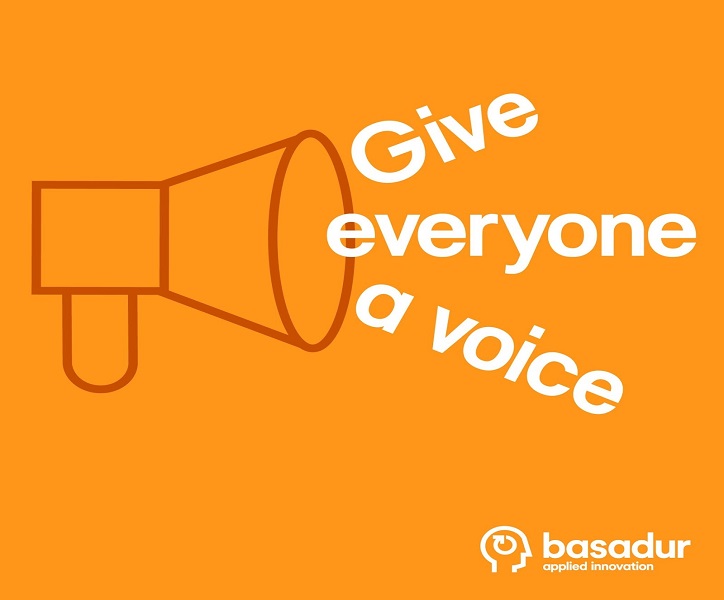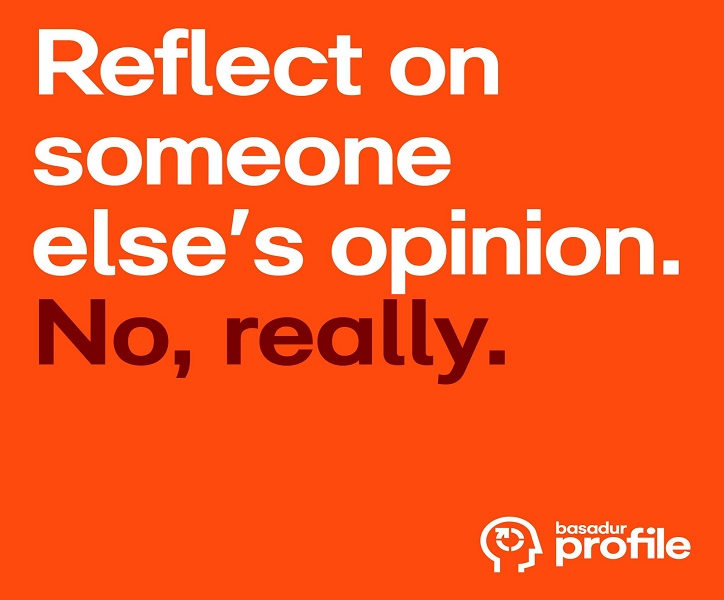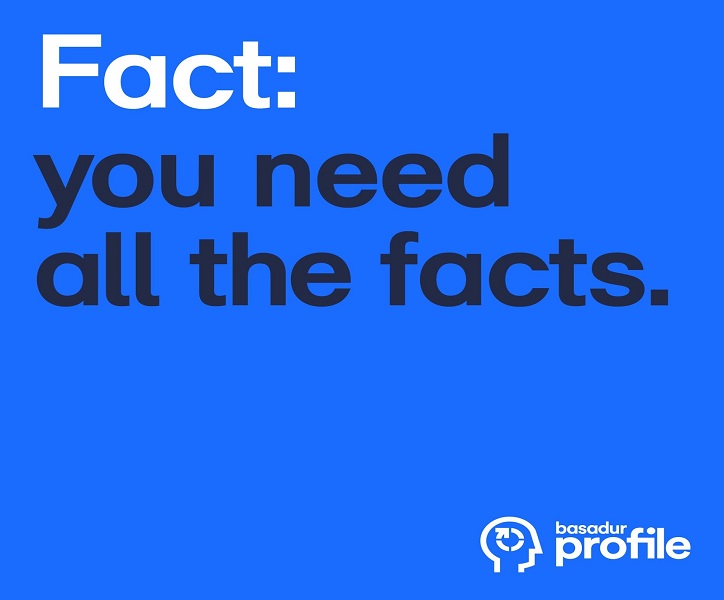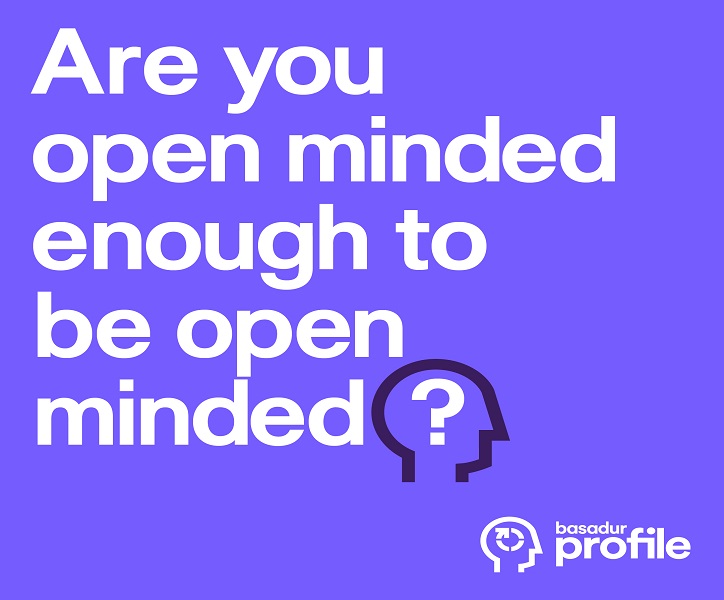-
Oct 25 20230What do you do when one innovation style is in short supply in your organization? Having a cognitively diverse team is instrumental to organizational development and success, which means including individuals with different innovation styles. The Impact of Innovation Styles on Organizational Effectiveness A large global engineering company that served
-
Oct 13 20230Why cognitive diversity is so valuable in the workplace. In its simplest form, diversity means variety; variety is evaluated based on differences. Currently, there is a lot of emphasis on the importance of diversity, especially in the workplace. While diversity in terms of gender, ethnicity, and age has long been
-
Jul 28 20230Decision-making is challenging. Businesses can succeed or fail based on one good or poorly processed decision. There are endless “what-ifs?” and possible solutions to consider and there is never a guarantee that one option is better than another. Inevitably, decisions must be made in order for any business to evolve.
-
Jul 10 20230Creativity and innovation thrive through collaboration. This can be difficult for some business owners to embrace, especially entrepreneurs, who may be hesitant to trust others not knowing their intentions. But information-sharing is instrumental in finding and solving problems, it can provide necessary facts and points of view about the market
-
Jun 15 20230Listen, Be Open-Minded, Avoid Judgment Business ideas are often shot down due to a perceived notion that there’s a lack of imagination. Just as it takes an open mind to develop new ideas, it takes an open mind to effectively evaluate the objectives and opportunities that could evolve. Instead of
-
May 16 20230What is creativity and what makes it a vital part of the change-making process? Depending on who is talking, the definition of creativity can change. Some say creativity is independence, the ability to do things you’d like to do. Others believe that creativity is a unique state of mind, the






